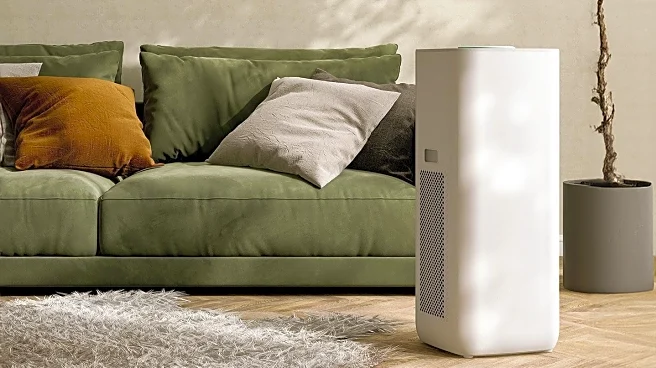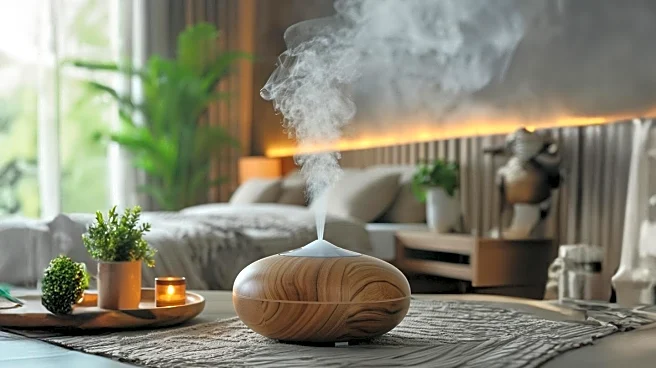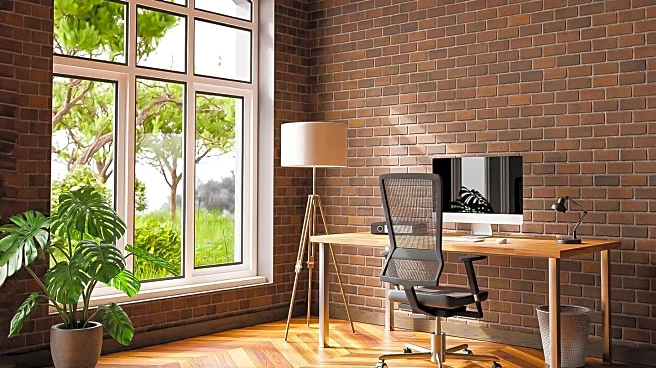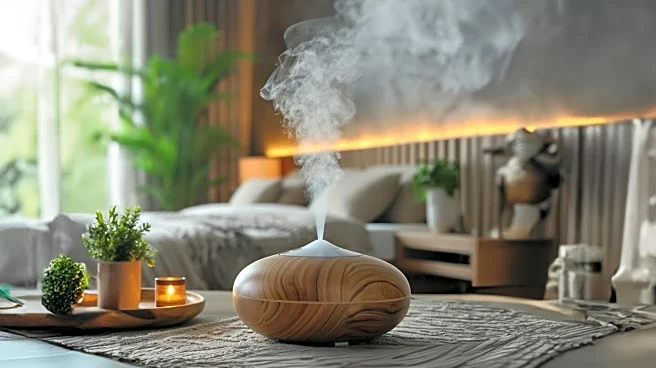What's Happening?
Indoor air quality is a growing concern, with experts highlighting that indoor air can be significantly more polluted than outdoor air. Michael Rubino, founder of HomeCleanse, and Dr. James Langer, CEO of Colorfil, emphasize that common household activities and items contribute to poor air quality. Cooking, especially on gas stoves, is a major source of particulate matter. HVAC systems, if not properly maintained, can circulate mold and dust. Cleaning supplies often contain volatile organic compounds (VOCs), which can harm health. Other contributors include wet appliances that harbor mold, and products like candles and air fresheners that emit smoke or VOCs.
Why It's Important?
Poor indoor air quality can lead to health issues ranging from headaches to chronic conditions like asthma and cancer. The problem is pervasive, affecting homes regardless of location. Addressing these issues is crucial for public health, as many people spend a significant amount of time indoors. Improving air quality can reduce healthcare costs and improve quality of life. Stakeholders such as homeowners, health professionals, and policymakers have a vested interest in promoting healthier indoor environments.
What's Next?
Homeowners are encouraged to adopt better air quality practices, such as using induction cooking, maintaining HVAC systems, and choosing low-VOC cleaning products. Installing air purifiers and using air quality monitors can help track and improve indoor air conditions. As awareness grows, there may be increased demand for products and technologies that enhance air quality, potentially influencing market trends and regulatory standards.
Beyond the Headlines
The focus on indoor air quality highlights broader environmental and health issues, such as the impact of building design on air circulation and the need for sustainable living practices. This awareness could drive innovation in home appliances and construction materials, promoting healthier living spaces. Additionally, it underscores the importance of consumer education in making informed choices about household products.












